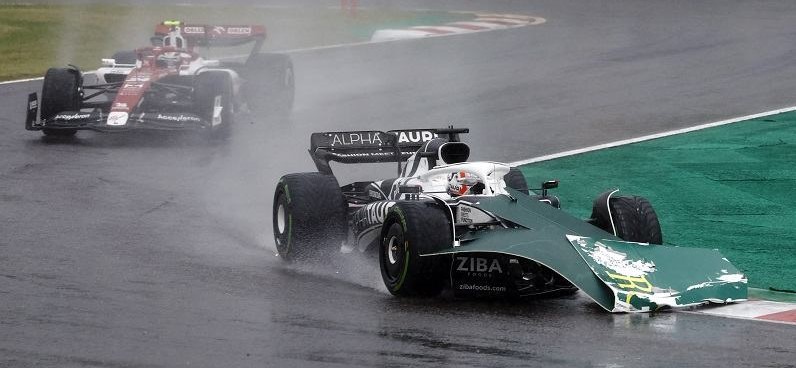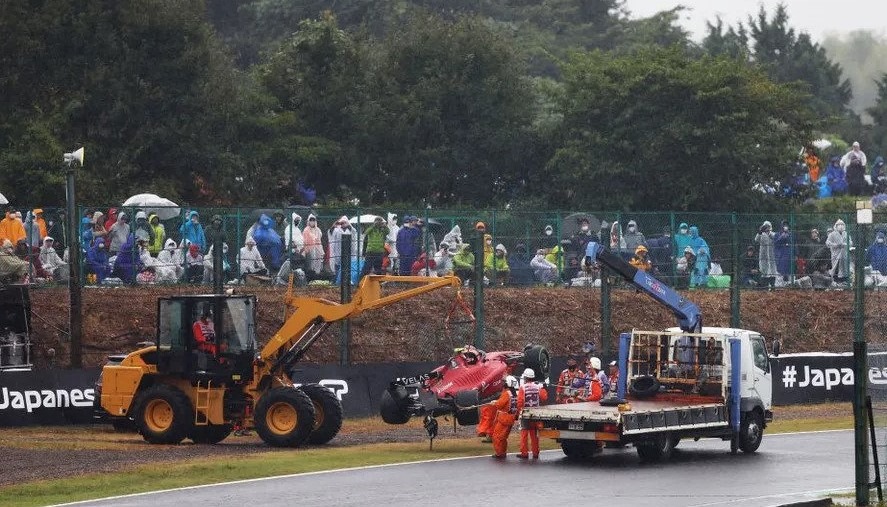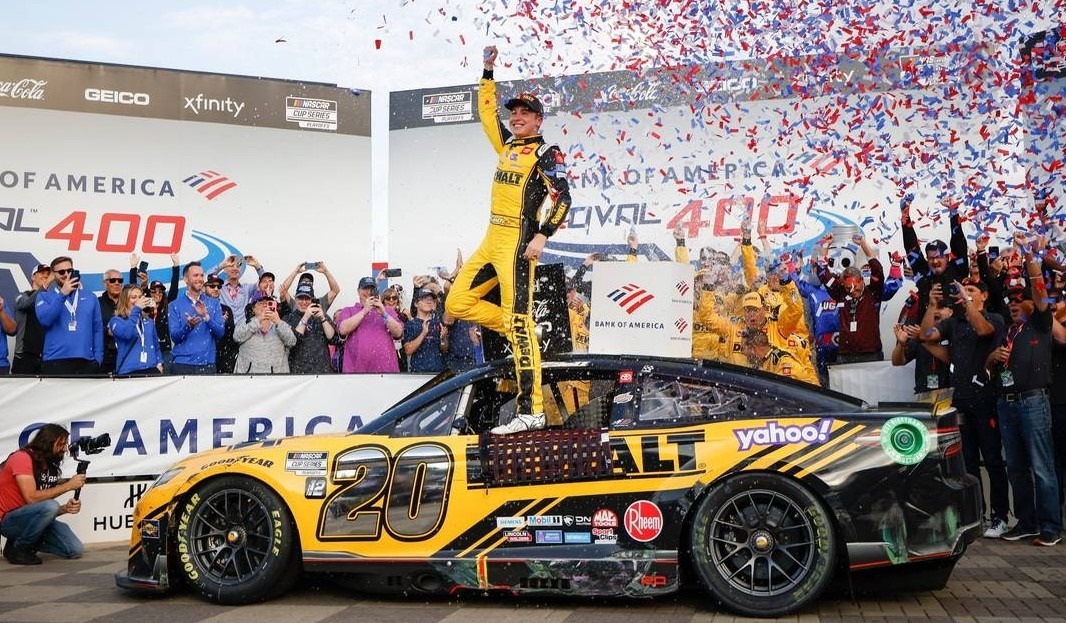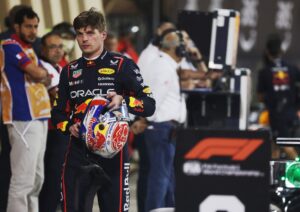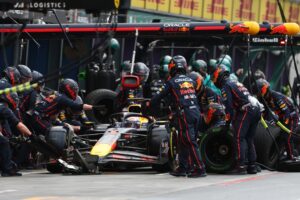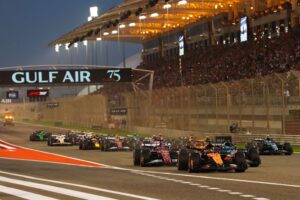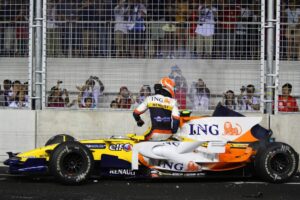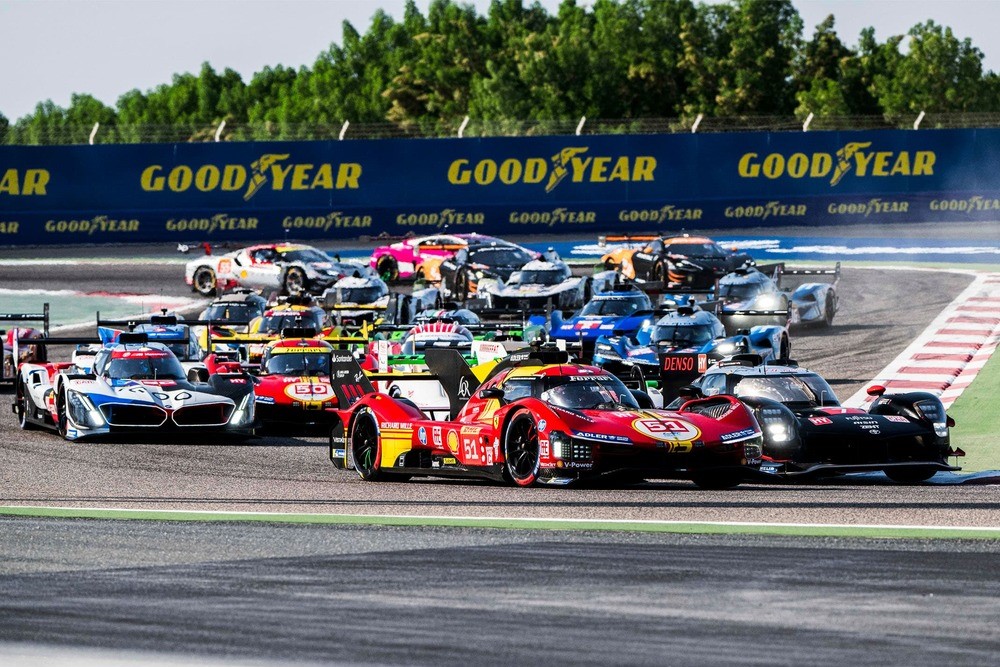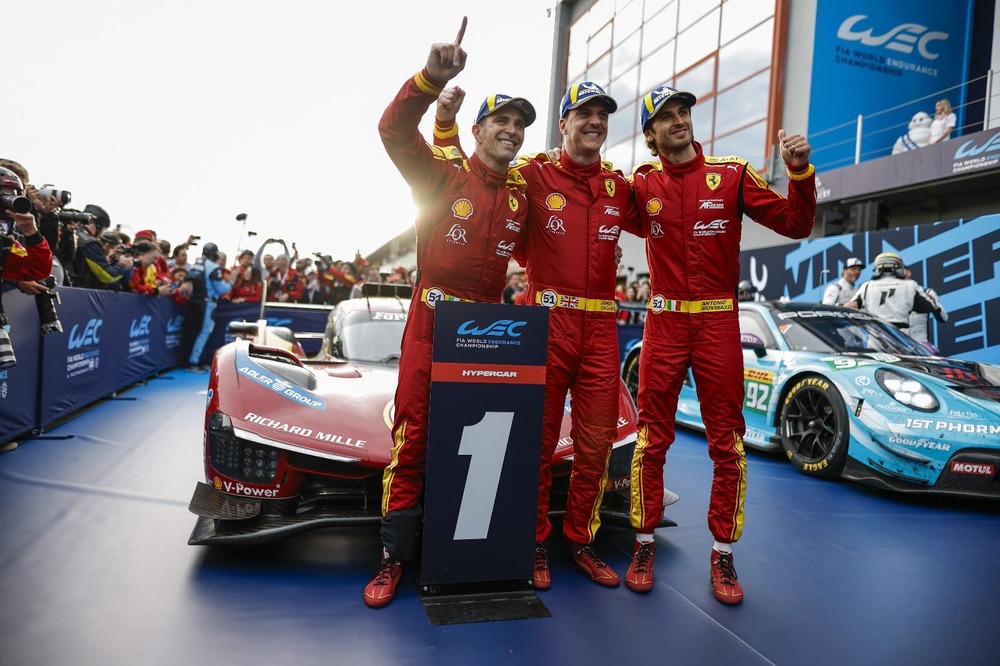“I would have died,” That is what a furious Pierre Gasly said after he narrowly escaped a fatal crane incident during the opening laps of a wet Japanese Grand Prix when he sped past a rescue truck and a marshal.
There is absolutely no justification for crane to be on a track, regardless of your opinion of Pierre Gasly being too quick at that section of the track. It’s worse because it was on the tarmac itself.
We are fortunate that we are not discussing something else right now given the potential locations for it to occur, including Suzuka in the wet, eight years after Jules Binachi’s terrible accident, which was the first fatality in a Formula 1 race in 20 years.
When Gasly passed through the middle sector, there were two double-waved yellow flags, followed by a red flag because, in the FIA’s opinion, he was moving too quickly in an effort to catch the pack.
His position was lowered from 17th to 18th and he received two penalty points, bringing his total to nine out of a possible twelve. He was awarded the equivalent of a drive-through penalty.
“After passing the scene of the incident, Car 10 continued under the red flag situation, at speeds which exceeded 200 km/h on multiple occasions, and which reached 251 km/h at one point,” read the stewards’ findings on the incident. “The driver conceded that he now understood that there could have been marshals or obstacles on the track and admitted that he was too fast.”
“However, in mitigation of penalty, we take into account that although the speed could not be any measure be regarded as ‘slow’ as required in the regulations it was slower than the maximum speed that could be achieved in these conditions.
“We also take into account the shock the driver experienced on seeing a truck on the racing line in the corner of the incident.”
The punishment is appropriate because Sainz’s car, marshals, and a damaged barrier were present even though there wasn’t a crane.
As he picked up the sign board that Sainz’s accident left on the circuit, Pierre Gasly would have been aware that there had been a crane incident on that section of the track. It was undoubtedly his team’s fault for not alerting him as well; the FIA has previously fined drivers for blowing past yellow flags.
The main distinction between the terrible incidents of 2014 and Sunday’s is that the safety car was immediately deployed in Gasly’s case, whereas race control allegedly erred by only using yellow flags after Jules Bianchi ran off the course.
That’s a significant difference, and Gasly continued to drive fast long after passing Sainz and the crane, which was clearly a mistake in hindsight.
However, it is more dangerous to have a crane on the track in extremely foggy and poor sight conditions when vehicles are still moving. Someone can exhale a big sigh of relief for making the decision to send the crane into action.
According to Pierre Gasly, even if he had been moving at a third of the speed he was, veering slightly off course, losing control of his automobile at a modest speed, and then slamming into a big, immobile object might have been disastrous.
“We lost Jules Bianchi already,” Gasly told Sky Sports. “We all lost an amazing guy, an amazing driver, for the reasons that we know. Eight years ago, on the same track, in the same conditions, with a crane incident.”
“How? How today can we see a crane, not only in the gravel, on a race track, while we are still on the track? I don’t understand that… Obviously I got scared.”
“Obviously if I would have lost the car in a similar way Carlos lost it the lap before – it doesn’t matter the speed, 200kph, 100 – I would have died, as simple as that. I don’t understand.”
“It’s disrespectful to Jules Bianchi, disrespectful to his family,” he added. “All of us are risking our lives out there… We are doing the best job in the world but what we are asking is to at least keep us safe, it’s already dangerous enough.”
“Today I just feel it was unnecessary. We could have waited one more minute to get back in the pit-lane and then put the tractors on track.”
“I’m just extremely grateful that I’m here and tonight I’m going to call my family and all my loved ones and the outcome is what it is. I passed two metres from that crane, and if I was two metres to the left I would have been dead.”
The AlphaTauri driver, as well as the other drivers who also voiced their displeasure, had every right to be furious.
“In any conditions which should never see a crane on track while the cars are out there,” Sergio Perez said. “You do not really know what can happen there. It doesn’t matter the conditions.”
“It should just never happen and I really hope that this is the last time we get to see in any category the recovery vehicles on track while there are cars out there.”
In order to recover Sainz’s car and red flag the race, race control should have waited until all of the cars were lined up in front of the safety cars so they could all at least pass through the recovery area slowly.
Even at the 2018 Azerbaijan Grand Prix on a sunny, dry day in Baku, Lewis Hamilton questioned why the race wasn’t stopped when he had to slowly pass by a large recovery vehicle that was aiding Romain Grosjean’s Haas.
Whatever conclusions the FIA may reach after conducting a thorough investigation into the incident on Sunday, this must not happen again. F1 needs to make the most of its good fortune to make sure that Pierre Gasly’s experience never happens to another racing driver.

